The Built
Environment - a dry stony desert, with cliffs and
mountain slopes and flash floods too!
The
"Built Environment" is a tough place for wildlife. Skyscrapers, office blocks, stone and brick facades,
tarmac and concrete pavements, patios and roads, harbours and
wharves, what wildlife can cope with them? The
answer is that they end up attracting the wildlife that
lives in such places, dry, hard, and windswept environments
not unlike some deserts, wind
and rain-lashed
coasts, cliffs and mountains, with extremes of climate,
hot and dry, wet and cold.
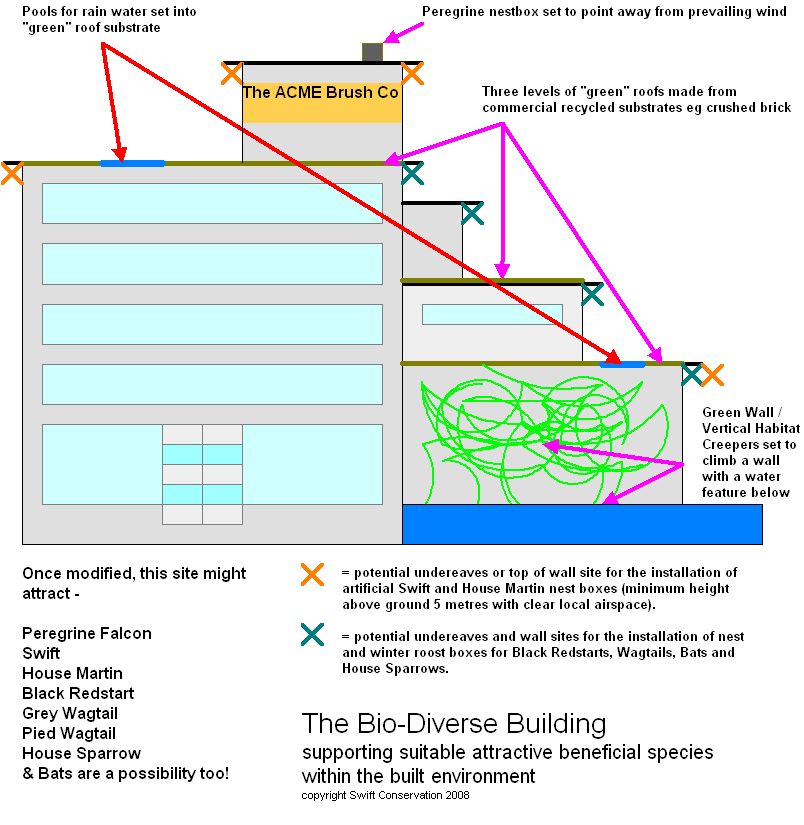
Attractive, beneficial birds that specialise
in coastal, rocky or mountain habitats, and can do well
in the built environment are Peregrine Falcons, some
sea-gulls, Black Redstarts,
Wagtails, House Martins, House Sparrows and
of course Swifts too!
It just needs a little
thought and effort to transform a building into a place
they can inhabit.
Minor modifications that
can turn a lifeless site into a
wildlife oasis
|
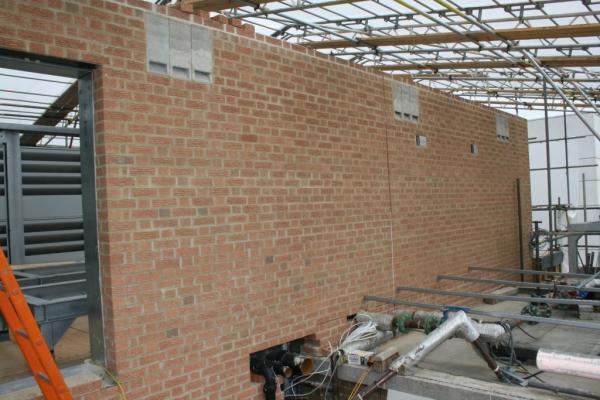
|
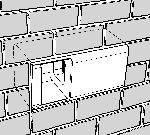
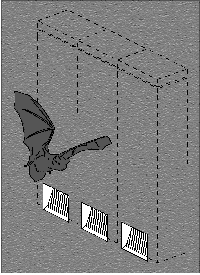
|
|
Above,
this
plant room wall on top of an office block
in London's West End houses nine Schwegler
"bat tubes" for Pipistrelles and two Schwegler
open-fronted nestboxes for Wagtails or Black
Redstarts. These species are present
in this area; it is hoped these facilities
will encourage them to breed and roost over
winter too. Photo
© Edward Mayer
|
Above,
details of the Open Fronted
Nestbox and below, the Bat Tubes, set into
the walls. Similar boxes are available for
housing bees and other useful insects.
©
Schwegler gmbh
|
|
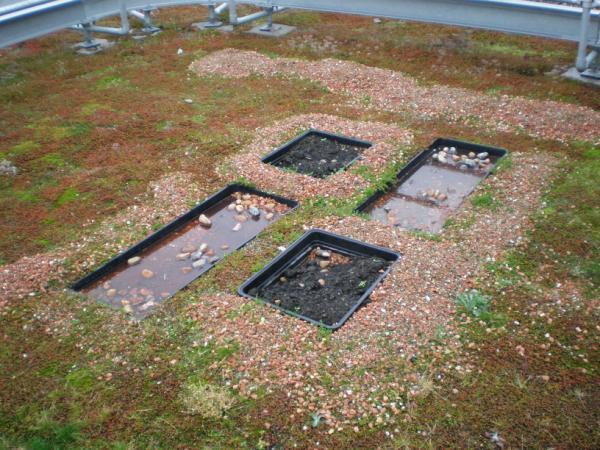
|
Left:
Simple
and cheap. Adding small pools to "green" roofs
provides a vital source of drinking and
bathing rainwater for birds, mud for nest
building, as well as supporting a bigger
range of invertebrate life, and so more
food for small birds and bats.
Photos
© Edward Mayer
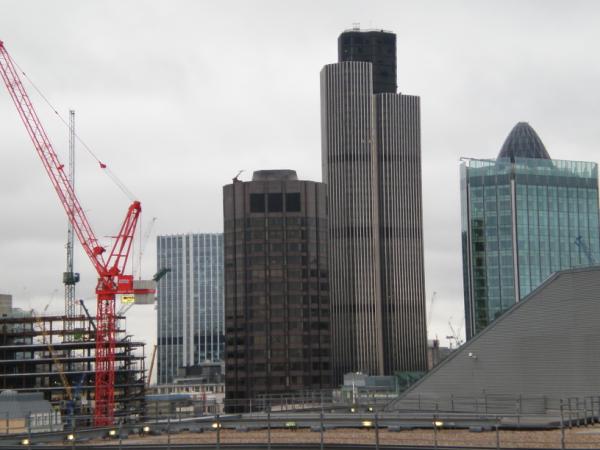
|
 Back to Swift Conservation Home Page
Back to Swift Conservation Home Page
 Back to Biodiversity
& Town Planning
Back to Biodiversity
& Town Planning
 Need advice?
Contact us via this e-mail link
Need advice?
Contact us via this e-mail link  Back to Contents Back to Contents
|
 The
Bio-Diverse Building
The
Bio-Diverse Building